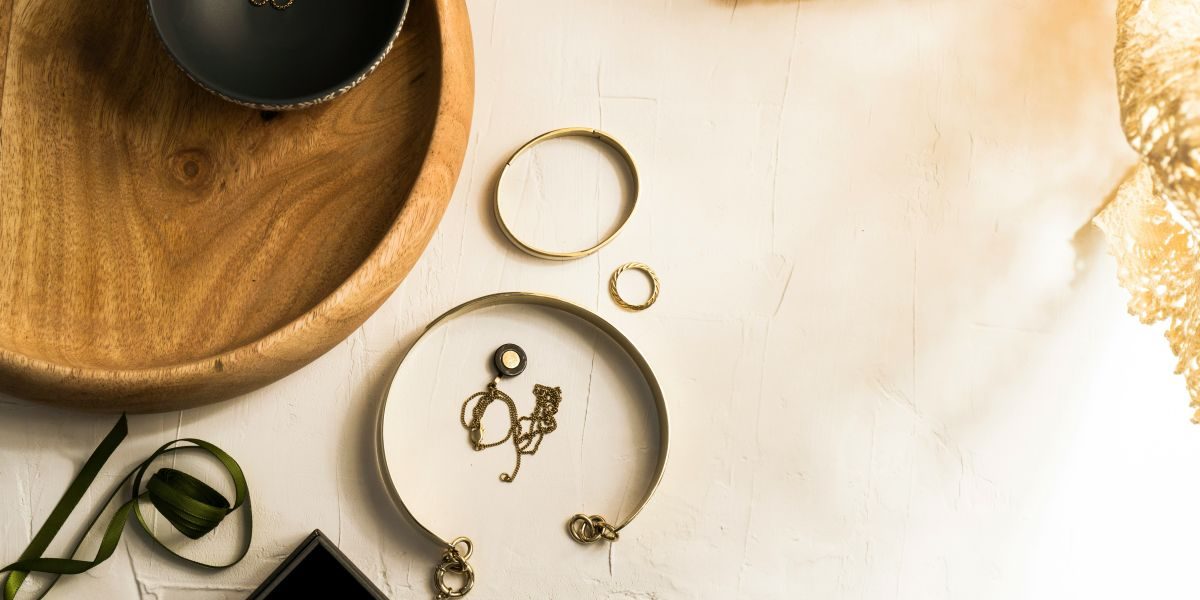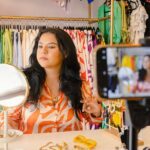By: Neha Zubair
Luxury isn’t standing still. Accessories are shifting from symbols of ownership to markers of individuality. Consumers are asking for pieces that reflect them …not just a logo.
That’s why personalization has become the new standard. McKinsey reports that 71% of consumers now expect brands to offer personalized experiences, and in luxury that demand is even stronger.
This article explores why personalization is redefining accessories and what it means for you as a buyer, collector, or brand.
The Shift from Status Symbols to Personal Statements
Luxury once revolved around recognition. A watch, a bag, or a pair of shoes signaled access to a world only a few could afford. But the meaning of luxury is evolving. Today’s high-value customer is looking for more than display; they’re looking for a sense of connection.
Data supports this change. According to Bain & Company, personalization is now one of the fastest-growing drivers of luxury purchases, with nearly 80% of Gen Z luxury consumers saying they prefer items that feel unique to them. For this generation, personalization isn’t an optional add-on; it’s part of the definition of luxury.
What does that look like in accessories?
- Engraved Watches: Rolex and Audemars Piguet buyers increasingly request engravings or unique dials — making the timepiece not only rare, but personal.
- Customized Leather Goods: Brands like Louis Vuitton and Hermès have expanded bespoke programs where colors, finishes, and initials make each bag one-of-a-kind.
- Independent Designers: Smaller luxury houses are building their reputations on limited personalization runs — think hand-painted sneakers, tailored jewelry, or modular handbags designed to be reconfigured by the buyer.
Ricardo Monteon, from Hollywood Gems explains, “This personalization isn’t about exclusivity in the old sense. It’s about identity. When someone chooses a monogrammed bracelet or a custom-material clutch, they’re not just buying luxury; they’re making a statement: this belongs to me, and only me.”
That’s why personalization is becoming the standard — it aligns with where luxury is moving: individual value, emotional attachment, and long-term relevance.
Technology Is Fueling Personalization at Scale
When you hear “personalized luxury,” you probably picture someone’s initials stitched onto a leather bag. That’s part of it, sure, but what’s happening now is much bigger. Technology has turned personalization from a one-off feature into something that can happen at scale without losing the exclusivity you expect from luxury.
Think about it this way: you’re no longer choosing from a catalog. Instead, you’re stepping into a design experience. You can see how a different material changes the look of your bag, or how a subtle engraving transforms your watch, all before you order. That interaction isn’t just convenient — it’s part of the luxury.
For independent designers, this shift is huge. They can use digital tools to offer the same level of choice that big houses do, but with more creativity and flexibility. You, as the buyer, end up with something unique — not just a product, but a piece of your style translated into design.
Personalization and the Emotional ROI of Luxury
Luxury has always been tied to emotion. You don’t buy a high-end accessory just because it’s practical — you buy it because of how it makes you feel. That’s where personalization takes things further, says Jonas Kloer, Founder of Hot Tub Hotels.
When you choose the finish of a necklace or engrave a date inside a wallet, that piece becomes yours on a deeper level. It’s not just something you own, it’s a story you carry with you. And let’s be honest, that feeling is the real return you get on luxury.
This is why personalization keeps people loyal to certain brands or designers. You’re not just buying another accessory; you’re investing in something that reflects who you are. And when a brand gives you that kind of connection, you’re going to come back again and again.
From Exclusivity to Identity
Luxury has always thrived on exclusivity. But today, exclusivity doesn’t just mean limited supply. It means personal fit. When your accessory reflects your taste, your history, or even your initials, it creates a kind of identity that mass-produced pieces can’t touch – Marissa Burrett, Lead Design for DreamSofa.
This is where personalization is rewriting the rulebook. It’s no longer about being the only one to own a certain bag or watch, it’s about having one that feels like it was created with you in mind. That shift matters because it makes luxury less about status symbols and more about self-expression.
And let’s be honest, that’s what keeps accessories relevant to a new generation that values individuality more than conformity.
Why Personalization Wins in the Digital Age?
We live in a time where everything is digital, and choice is overwhelming. Scroll through any online marketplace and you’ll see hundreds of similar styles. That flood of options doesn’t feel luxurious; it feels exhausting.
Personalization solves this. Instead of sifting through endless pages, you get shown designs that actually fit your lifestyle and your personality. That’s the difference between browsing and being understood. In luxury, being understood is the highest service a brand can offer – Julian Lloyd Jones, from Casual Fitters.
And it’s not just about comfort. When personalization cuts down on trial and error, you waste less money, return fewer items, and build more confidence in what you buy. It’s smart shopping at the highest level, where technology and craftsmanship work together to save your time and elevate your style.
Conclusion
Personalization has become the new mark of true luxury in accessories. It’s no longer about buying what everyone else has … it’s about owning something that feels made for you. When style meets individuality, the accessory becomes more than just an item; it becomes part of your story. That’s why personalization isn’t a passing trend, it’s the standard shaping the future of luxury.

















